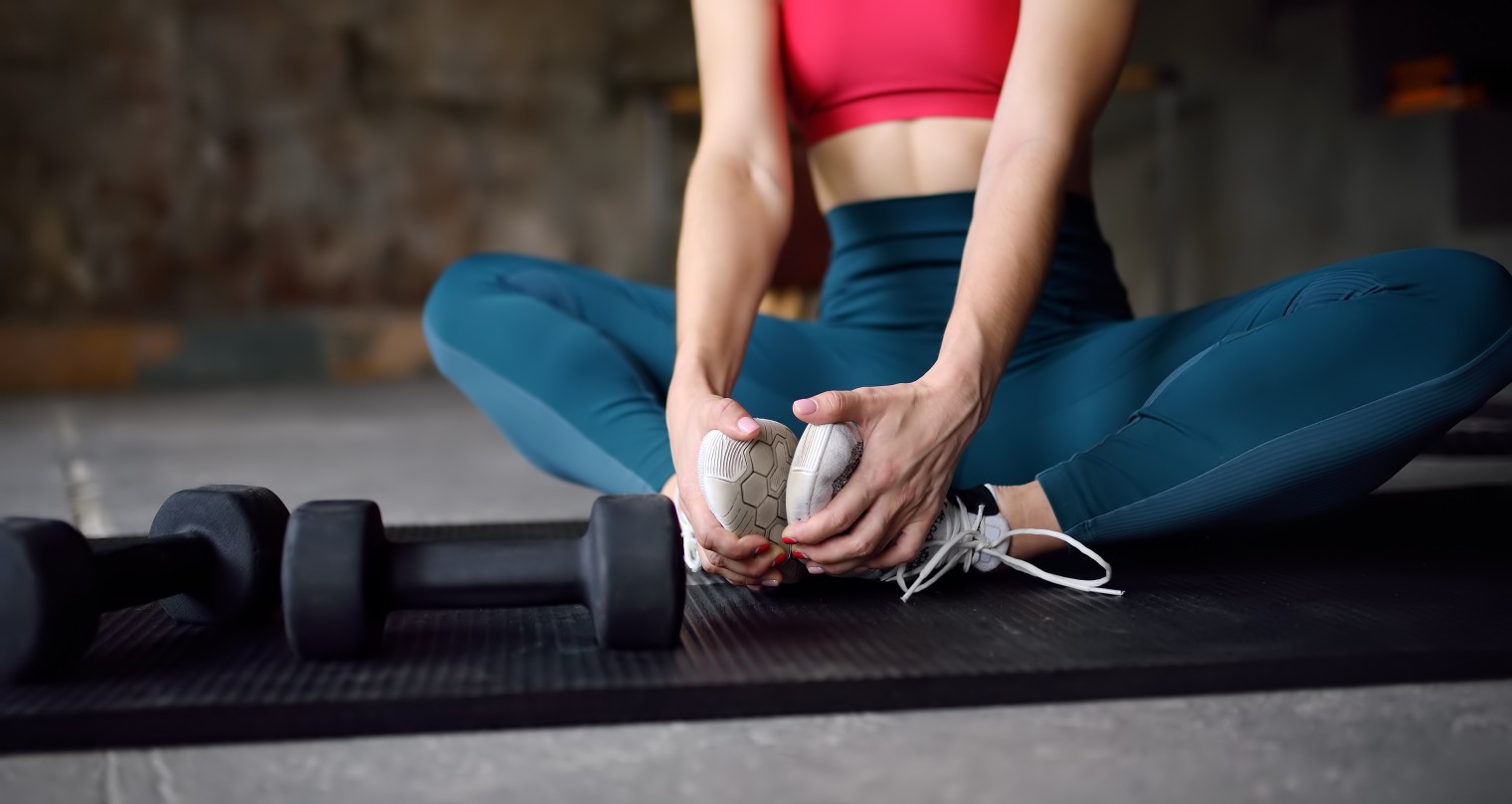
Regular exercise can cut your chances of developing anxiety disorders by nearly 60 percent, according to a new study.
The impact of exercise is more pronounced in relieving anxiety in women than in men.
Read More »They believe their findings are significant as anxiety disorders, which often can develop early in life, affect about one in every 10 people. They are twice as common in women than in men.
The findings cover new ground in scientific research, says Martina Svensson, lead author of the paper on the findings published in Frontiers in Psychiatry. Most studies that have been published up to now have focused on mental illness or depression rather than anxiety disorders.
Earlier studies also included largely men and had smaller sample sizes, she adds. In addition, they had limited or no follow-up data that tracked the long-term impact on mental health of physical activity.
Cutting the risk of anxiety disorder with exercise might also improve a person’s health, thereby increasing their life expectancy, the researchers add.
Began with online search
The team began by searching online for ways that people can improve their mental health. Not unexpectedly, they came up with a wide variety of results. A regular suggestion that they came across, however, was that the solution lies in conducting physical exercise, such as playing a sport or walking.
The research team discovered, however, that little research has been conducted on the impact on anxiety disorders according to the amount of exercise that was undertaken, its intensity, or the level of physical fitness of the person who undertook the exercise.
To help find answers to these questions, the researchers conducted an intensive study of those who took part in the biggest long-distance cross-country ski race in the world between the years of 1989 and 2010. They compared the participants in the 50-mile race, known as Vasaloppet, with those who were non-skiers over the same period of time.
Most extensive
Because the skiers had come from all parts of the world, the study proved to be one of the most extensive epidemiology studies across both sexes and a wide variety of populations ever conducted.
The study found that the group with a lifestyle that was more physically active had a nearly 60 percent lower chance of succumbing to anxiety disorders compared with those who were not physically active. The period of follow up covered 21 years.
The chances of developing anxiety disorder were significantly lower among the women who were more physically active than those women in the general population who were largely physically inactive, says Professor Tomas Deierborg, head of the Department of Experimental Medical Science at Lund University.
Level of exercise was a factor
The link between a lifestyle that is physically active and a reduced risk of anxiety was found in men as well as women, Svensson says, but the level of exercise that was conducted had a different effect on women as compared with men, she adds.
All the women who exercised had a lower chance of developing anxiety disorder, but those who exercised at a lower performance level were less likely to develop anxiety disorder than those who exercised at a higher performance level.
The researchers measured the difference in exercise performance by examining the time taken to finish the race, which they described as a proxy for an exercise “dose.” Those who finished the race more quickly and therefore raced faster were regarded as having conducted a higher physical performance and having a higher dose of exercise than those who took longer to complete the race and whose performance was therefore at a lower level or a lower dose of exercise.
The finding would appear to indicate that less strenuous exercise is more effective in lowering the development of anxiety disorder than extreme exercise, although both forms are more effective than having no exercise.
The difference in performance levels was not seen among men, all of whom were less likely to develop anxiety disorder as a result of exercise. Whether the exercise performance was at a higher or a lower level had no significant impact on the finding regarding men.
Not only skiing
The findings do not indicate that only skiing plays a significant role in cutting down on anxiety, Deierborg says. Other forms of exercise will likely have the same effect. Previous studies have shown similar benefits, he adds.
The use of cross-country skiers stands as a good proxy for a lifestyle that is active, explains Deierborg. Studies using different kinds of sport might come up with results that are slightly different, he adds, but the reason could be that other factors that affect mental health are involved.
Other factors that could be involved include psychological factors, genetics, and personality traits, Svensson says. It was impossible to investigate these other factors in the Lund University study, she explains.





